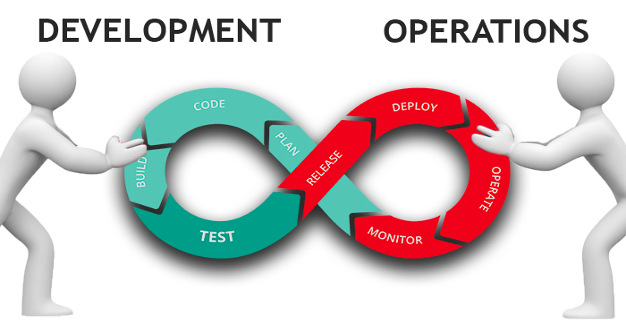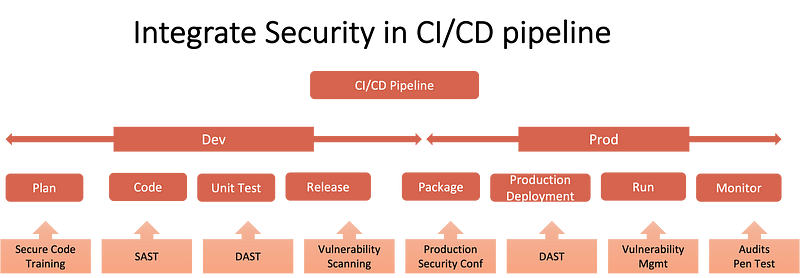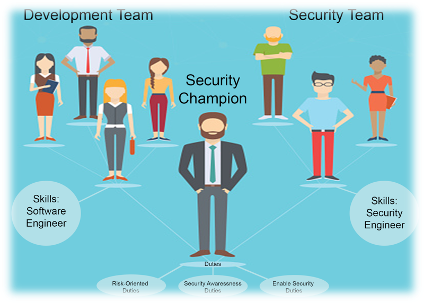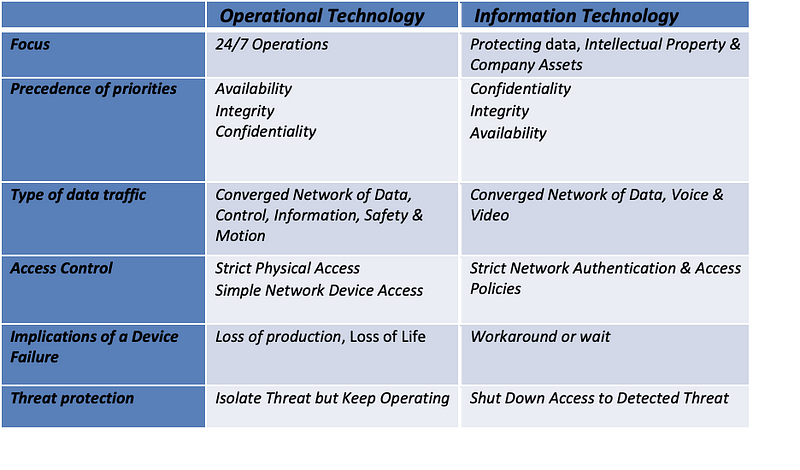I am writing this post in a week when we saw the most significant IT outage ever. A content update in the CrowdStrike sensor caused a blue screen of death (BSOD) on Microsoft Operating systems. The outage resulted in a large-scale disruption of everything from airline travel and financial institutions to hospitals and online businesses.
At the beginning of the week, I delved into the transformation in software developers’ mindsets over the last few decades. However, as the root cause of this incident came to light, the article transitioned from analysing the perpetual clash between practice domains to advocating for best practices to enhance software quality and security.
Developers and security teams were often seen as opposed to security practices over the millennium’s first decade. This is not because they did not want to do the right thing but because of a lack of a collaborative mindset among security practitioners and developers. Even though we have seen a massive shift with the adoption of DevSecOps, there are still some gaps and mature integration of software development lifecycle, Cybersecurity and IT operations.
The CrowdStrike incident offers several valuable lessons for software developers, particularly in strengthening software development cybersecurity programs. Here are some key takeaways:
- Secure Software Development Lifecycle (SDLC)
Security by Design: Security needs to be integrated into every phase of the SDLC, from design to deployment. Developers must embrace secure coding practices, conduct regular code reviews, and use automated quality and security testing tools.
Threat Modelling: Consistently engaging in threat modelling exercises is crucial for uncovering potential vulnerabilities and attack paths, ultimately enabling developers to design more secure systems.
DevSecOps: Incorporating security into the DevOps process to ensure continuous security checks and balances throughout the software development lifecycle.
- Collaboration and Communication
Cross-Functional Teams: Encouraging collaboration among development, security, and operations teams (DevSecOps) is crucial for enhancing security practices and achieving swift incident response times.
Clear Communication Channels: Establishing clear channels for reporting and communication channels can help ensure a coordinated and efficient response.
Security Training and Awareness: Regular training sessions on the latest security trends, threats, and best practices are vital for staying ahead in today’s ever-changing digital landscape. Developers recognise the need for ongoing education and understand the importance of staying updated on evolving security landscapes.
- Impact on Development Speed
Balancing Security and Agility: Developers value security measures that are seamlessly integrated into the development cycle. This allows for efficient development without compromising on speed or agility. Implement security processes that strike a balance between robust protection and minimal disruption to the development workflow.
Early Involvement: It is crucial to incorporate security considerations from the outset of the development process to minimise extensive rework and delays in the future.
- Importance of Incident Detection and Response
Preparedness for Security Incidents: Developers should recognise the need for a robust incident response plan to quickly and effectively address security breaches. They should also ensure that their applications and systems can log security events and generate alerts for suspicious activities.
Swift Incident Response: It is important to have a well-defined incident response plan in place. It is crucial for developers to be well-versed in the necessary steps to take when they detect a security breach, including containment, eradication, and recovery procedures.
5. Supply Chain Security and Patch Management
Third-Party Risks and Software Integrity: Developers must diligently vet and update third-party components. To effectively prevent the introduction of malicious code, robust measures must be implemented to verify software integrity and updates. This includes mandating cryptographic signing for all software releases and updates.
Timely and bug-free Updates: It is essential to ensure that all software components, including third-party libraries, are promptly updated with the latest security patches. Developers must establish a robust process to track, test, and apply these updates without delay.
Automated Patch Deployment: Automating the patch management process can reduce the risk of human error and ensure that updates are applied consistently across all systems.
- Continuous Improvement
Regular Security Audits: Regular security audits and assessments effectively identify and address vulnerabilities before they can be exploited.
Feedback Loops: Integrating feedback loops to analyse past incidents and strengthen security practices can significantly elevate the overall security posture over time.
In conclusion, the recent IT outage resulting from the CrowdStrike incident unequivocally emphasizes the critical need for robust cybersecurity in software development. Implementing secure coding practices, fostering collaboration between development, security, and operations teams, and giving paramount importance to proactive incident response and patch management can undeniably elevate system security. Regular security audits and continuous improvement are imperative to stay ahead in the ever-evolving digital landscape. Looking ahead, the insights drawn from this incident should galvanise a unified effort to seamlessly integrate security into the software development lifecycle, thereby ensuring the resilience and reliability of digital systems against emerging threats.










